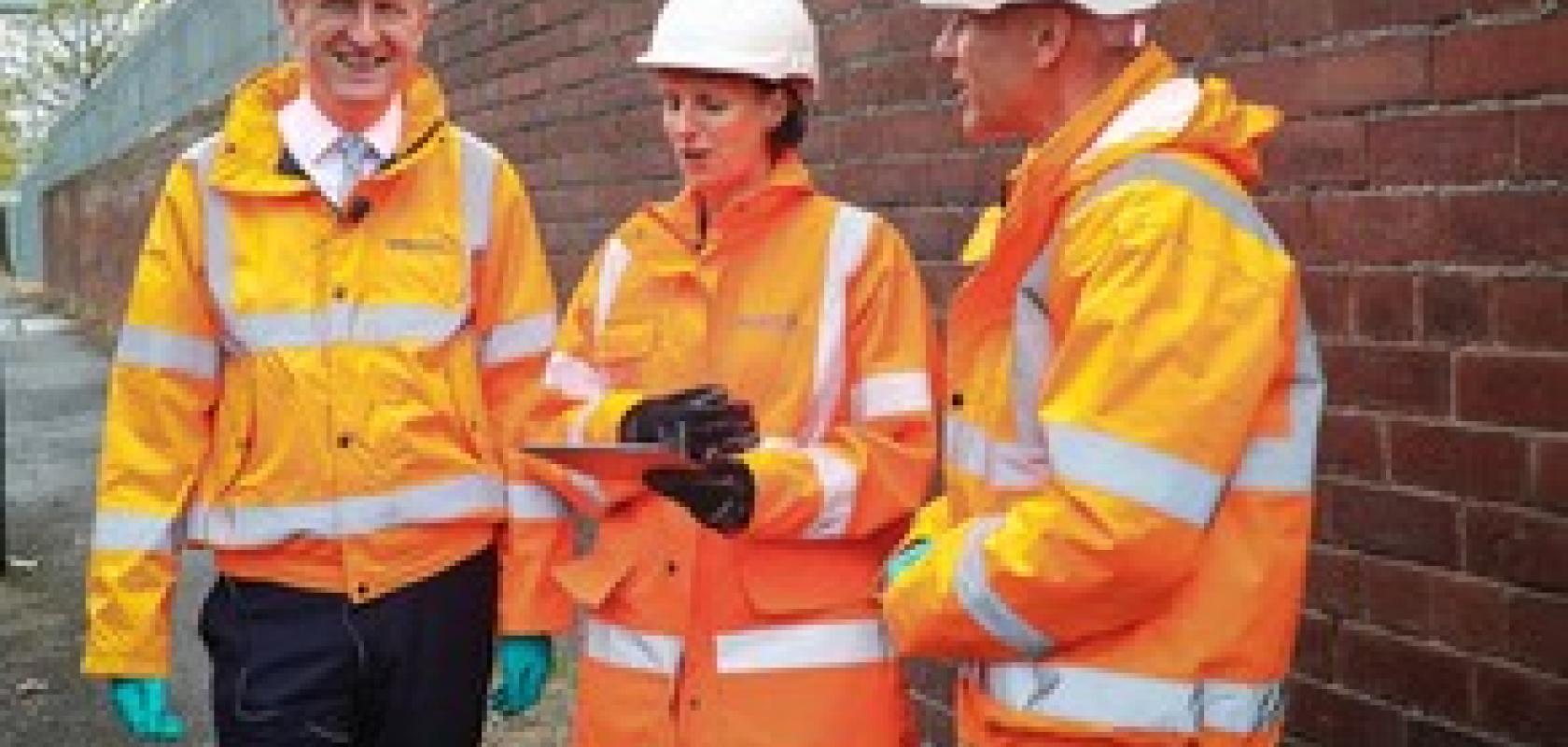The UK government’s Geospatial Commission has commissioned the creation of a digital map of underground pipes and cables.
The move is designed, according to minister for implementation Oliver Dowden, to help save lives and reduce the disruption that an accidentally struck pie or cable can cause. It is estimated that the annual cost of accidental strikes on underground pipes and cables is £1.2 billion to the UK’s economy, and workers who hit pipes and cables by mistake could put themselves in danger.
The new ‘Underground Assets Register’ has already had a number of pilot projects in London and the North East, to test for feasibility. Dowden visited Sunderland to see the work which is already underway to map the area’s underground network. He said: ‘When workers strike pipes and cables, it risks lives, costs money and causes havoc for residents and road-users. Our investment in this cutting-edge underground map is just one way that the government is working smarter, so that we really make a difference to people’s everyday lives.’
Currently, different organisations have their own maps showing where pipes and cables are, but there is a lack of one comprehensive map. The work to tackle this has so far seen working prototypes created in Sunderland and London. This allows workers to see underground pipes and cables on mobile phones or laptop computers before they start a dig.
In the North East, this was led by Ordnance Survey, working with Northumbrian Water, Northern Gas Networks, Northern Powergrid, and Openreach. In London, work will be led by the Greater London Authority, working with infrastructure providers and local authorities.
David Henderson, the managing director of Ordnance Survey Great Britain, said: ‘The investment being made by the Geospatial Commission will ultimately enable the utility industry to more efficiently access, use and share data describing otherwise hidden infrastructure, thereby reducing operational costs, minimising disruption and accelerating completion of site works.’


